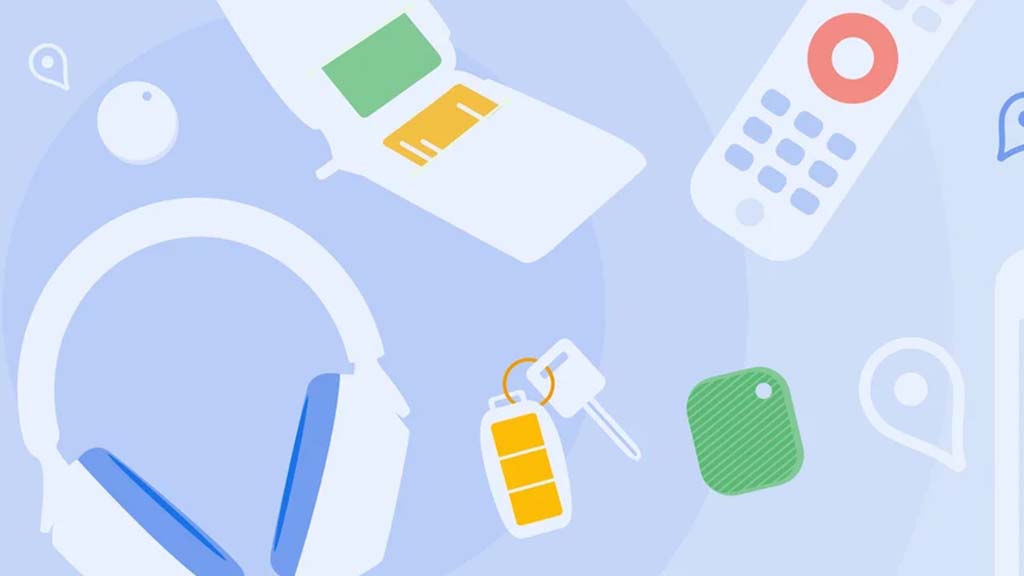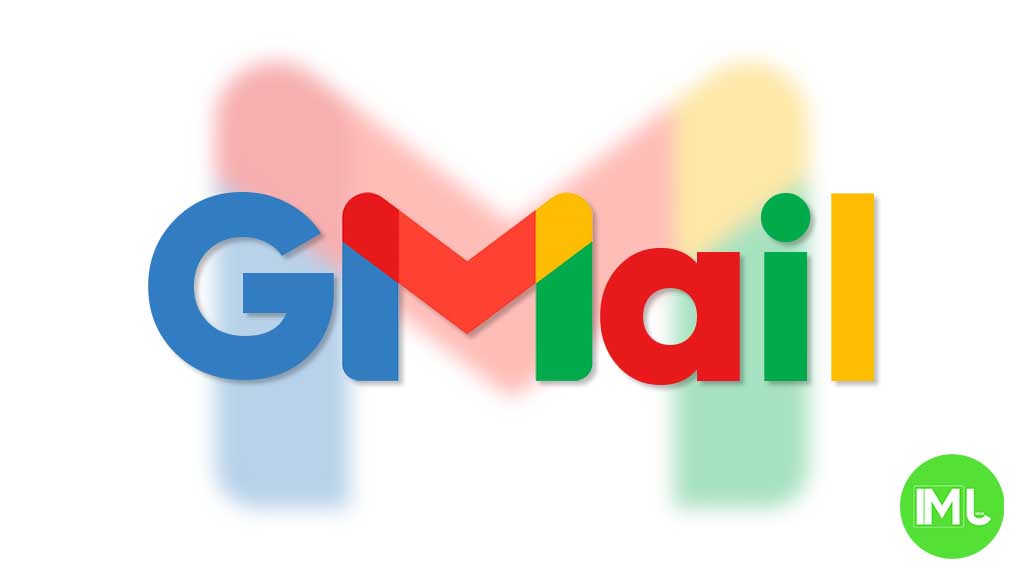Google’s Pixel Tablet journey hits a roadblock: Pixel Tablet 3 Shelved

Google appears to be stepping back from its ambitious tablet plans, as reports confirm the cancellation of the Pixel Tablet 3. The device, internally known as “Kiyomi,” was in early development before the project was officially scrapped. Here’s an in-depth look at what this means for Google’s tablet strategy and what led to this shift.
A History of Mixed Commitments
Google’s relationship with tablets has been tumultuous. After withdrawing from the tablet market in 2019, the company surprised many by launching the Pixel Tablet in 2023. The device was positioned as a premium yet affordable alternative to market leaders like Apple’s iPad and Samsung’s Galaxy Tab series. Despite its novel speaker dock, the Pixel Tablet struggled to position itself as a standout product, appearing more suited for casual use than professional or creative tasks.
Why the Pixel Tablet 3 Was Canceled
Multiple sources have indicated that Google’s decision was finalized after internal reviews, with resources from the Pixel Tablet 3 redirected to other initiatives. This decision suggests a shift in Google’s priorities, reflecting challenges in competing with well-established brands in the tablet market. The cancellation also raises questions about the future of Google’s hardware innovations, particularly for larger-screen devices.
Pixel Tablet’s Current Standing
The Pixel Tablet’s most notable feature is its inclusion of a charging speaker dock, which transforms it into a makeshift smart home hub. However, the tablet itself lacks the hardware sophistication to compete with devices like the iPad Pro or Galaxy Tab S9. While it succeeded in being budget-friendly, it fell short in providing features that power users or professionals demand.
The Implications for Future Tablets
Interestingly, some leaks suggest that Google’s long-term tablet vision isn’t entirely dead. Rumors about a Pixel Tablet 3 concept highlighted potential upgrades, such as a second USB-C port with DisplayPort capabilities for connecting external monitors, aimed at creating a more desktop-like experience. If realized in future devices, these features could redefine Google’s role in the tablet space. However, the immediate cancellation of the Pixel Tablet 3 reflects broader uncertainties about whether Google can fully commit to developing competitive hardware in this segment.
What Lies Ahead
While Google’s hardware ambitions appear scaled back, its software team continues enhancing Android for tablets and foldable devices. Efforts like improved desktop modes and multi-window interfaces for Android are still underway, suggesting Google is laying the groundwork for better user experiences, even if its own tablets take a backseat.
The fate of the Pixel Tablet series now rests on whether Google can pivot effectively to create a device that combines affordability with innovative, professional-grade features. For now, the Pixel Tablet 2, anticipated in 2024, might carry the torch, but it will face significant challenges in meeting heightened expectations following this development.
Android
Android’s Find My Device speeds up with UWB coming soon

Google’s Find My Device network for Android has gotten a big boost, making it much quicker to locate misplaced items. Recent checks show it’s now four times faster than it used to be, keeping up with Apple’s AirTags in crowded spots like malls or events. For instance, at CES 2025, a tracker tucked in a bag updated its location just as fast as an AirTag nearby. This speed-up is thanks to more Android users turning on tracking for all locations, not only busy areas, which helps the system spot items more reliably.
In less crowded places, the network can still have trouble since fewer Android phones are nearby to share location signals. But Google’s working on this by nudging users through app alerts to enable tracking in quieter spots. Plus, recent updates to tracker software and apps have made connections more stable and accurate.
Looking ahead, Google’s gearing up to roll out ultra-wideband (UWB) technology. This will let you find items with pinpoint accuracy, even within a room, using cool augmented reality (AR) visuals, much like Apple’s setup. The Moto Tag, a tracker ready for UWB, is already available, just waiting for Google to activate this feature. Not all Android phones support UWB yet, but future models like the Pixel 10 might include it. These changes prove Google’s determined to make its Find My Device network a top choice for tracking lost stuff.
Gmail and Google Photos get new design and useful updates

Google is giving Gmail and Google Photos some fresh updates to make things easier and more user-friendly.
First, Gmail on the web is now getting a new layout option. You can choose between “Cozy,” “Comfortable,” or “Compact” views based on how much space you want between your emails. Google is also adding a setting to control whether your inbox and labels stay on screen or only show up when needed. These changes make it easier to personalize how Gmail looks and feels.
Meanwhile, Gmail for iPhone is getting a visual upgrade. The app now uses Google’s updated design style called “Material 3.” You’ll notice a cleaner look with a rounded search bar at the top, smoother icons, and better spacing. Although the bottom bar and buttons look mostly the same, the overall design feels more modern and easier on the eyes.
Lastly, Google Photos is bringing back a helpful feature. The classic search shortcut that appears in the bottom bar is returning, making it quicker to find your photos. Before this, the shortcut had been removed when Google added the new “Memories” tab. Now, both features work together, letting you browse memories and search with ease.
These updates aim to make Google’s apps feel more useful, clean, and easier to use on both desktop and mobile.
Android
Android 16 boosts USB data safety and fixes delayed notifications on Pixel phones

Google’s upcoming Android 16 update is bringing better security and some helpful improvements, especially for Pixel phone users. One of the main features in Android 16 is a new way to protect your phone’s data when it’s connected to a computer through USB. Right now, when you plug your phone into a PC or laptop, it can access all your data as long as you approve it.
With Android 16, Google is adding an extra security layer that only allows limited access unless you enter your PIN, password, or use your fingerprint. This will help protect your files if someone tries to access your phone without permission.
At the same time, Google is also working on a fix for a frustrating issue that some Pixel users have been facing for months — delayed notifications. After the April 2024 update, many users noticed that app alerts were not showing up on time, especially from messaging apps. Google has confirmed the problem and says a fix will be included in a future update, though it’s not in the current April patch yet.
Together, these changes show that Google is focusing on both stronger privacy and a smoother experience for Android and Pixel users. Android 16 is expected to roll out later this year, starting with developer previews.
-

 Apps1 year ago
Apps1 year agoGboard Proofread feature will support selected text
-

 News1 year ago
News1 year agoSamsung USA crafting One UI 6.1.1
-

 News1 year ago
News1 year agoBreaking: Samsung Galaxy S22 may get Galaxy AI features
-

 News1 year ago
News1 year agoSamsung Galaxy S23 Ultra with One UI 6.1 and all S24 AI features revealed
-

 News1 year ago
News1 year agoOne UI 6.1 Auracast (Bluetooth LE Audio) feature coming to many Samsung phones
-

 News1 year ago
News1 year agoSatellite SOS feature coming to Google Pixel phones, evidence leaked
-

 Apps11 months ago
Apps11 months agoGoogle’s fancy new Weather app is finally available for more Android phones
-

 News1 year ago
News1 year agoGoogle Pixel evolves as Europe’s third best selling flagship










